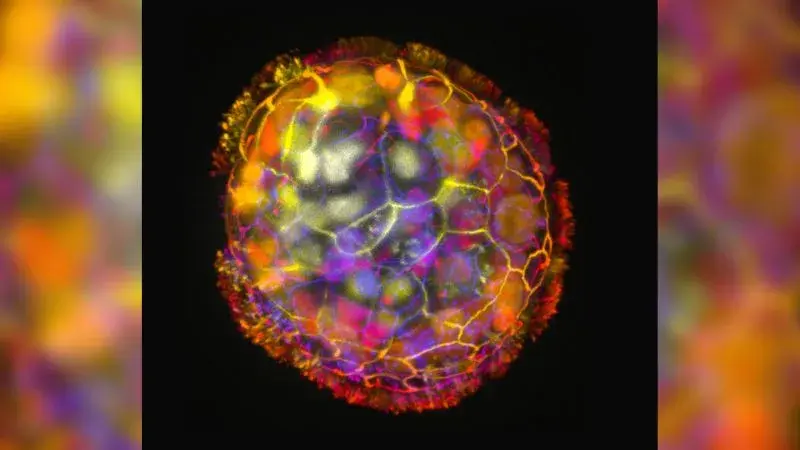- cross-posted to:
- technology@lemmy.world
- cross-posted to:
- technology@lemmy.world
Journal article: https://onlinelibrary.wiley.com/doi/10.1002/advs.202303575
This is how Silo started. Just saying.
🤖 I’m a bot that provides automatic summaries for articles:
Click here to see the summary
Scientists have created tiny living robots from human cells that can move around in a lab dish and may one day be able to help heal wounds or damaged tissue, according to a new study.
The research builds on earlier work from some of the same scientists, who made the first living robots, or xenobots, from stem cells sourced from embryos of the African clawed frog (Xenopus laevis).
“Some people thought that the features of the xenobots relied a lot on the fact that they are embryonic and amphibian,” said study author Michael Levin, Vannevar Bush professor of biology at Tufts’ School of Arts & Sciences.
Gumuskaya experimented with the chemical composition of the tracheal cells’ growth conditions and found a way to encourage the cilia to face outward on the organoids.
To see whether such applications might be possible, researchers examined whether the anthrobots were able to move over human neurons grown in a lab dish that had been “scratched” to mimic damage.
They were surprised to see the anthrobots encouraged growth to the damaged region of the neurons, although the researchers don’t yet understand the healing mechanism, the study noted.
Saved 77% of original text.


